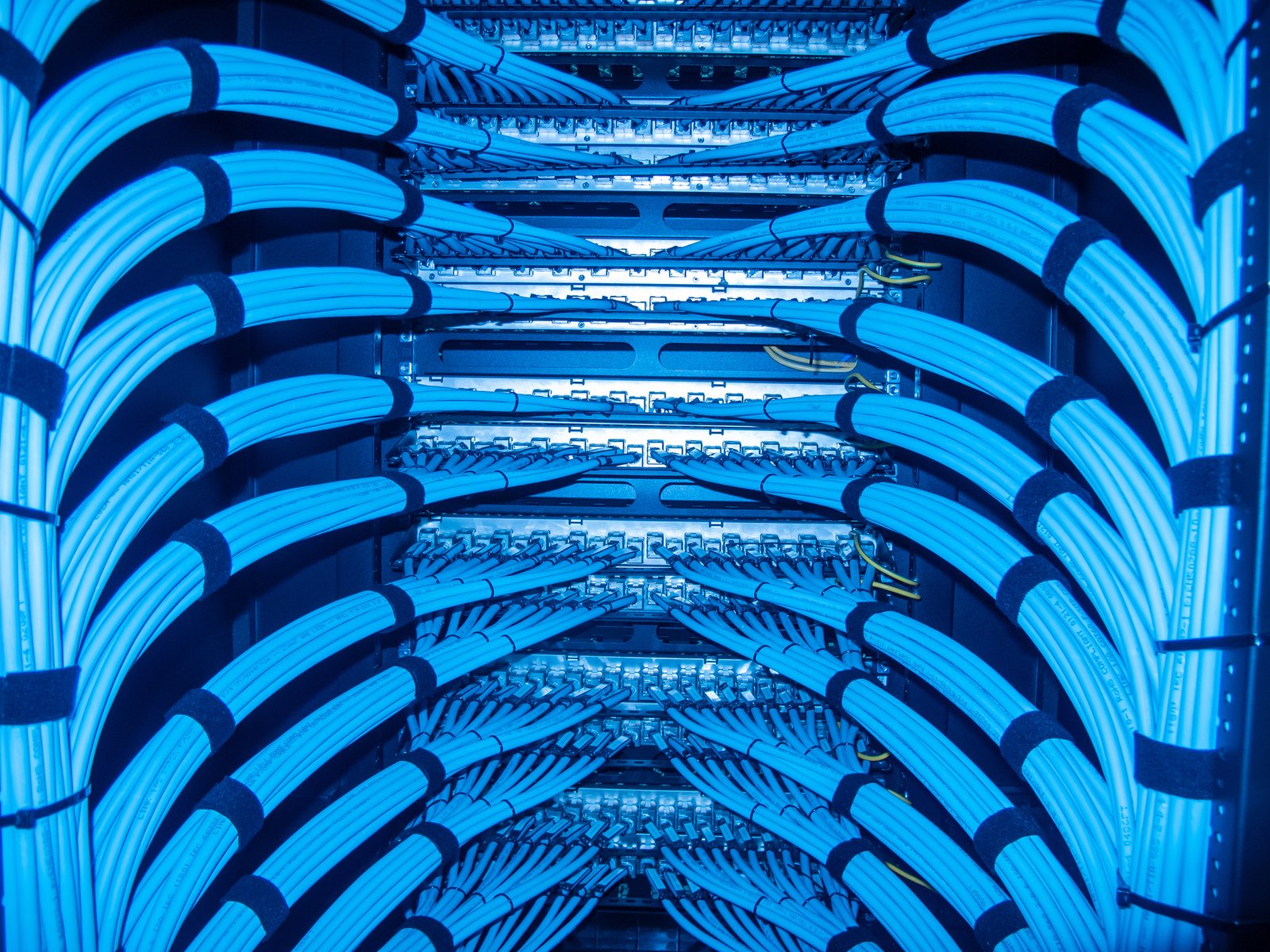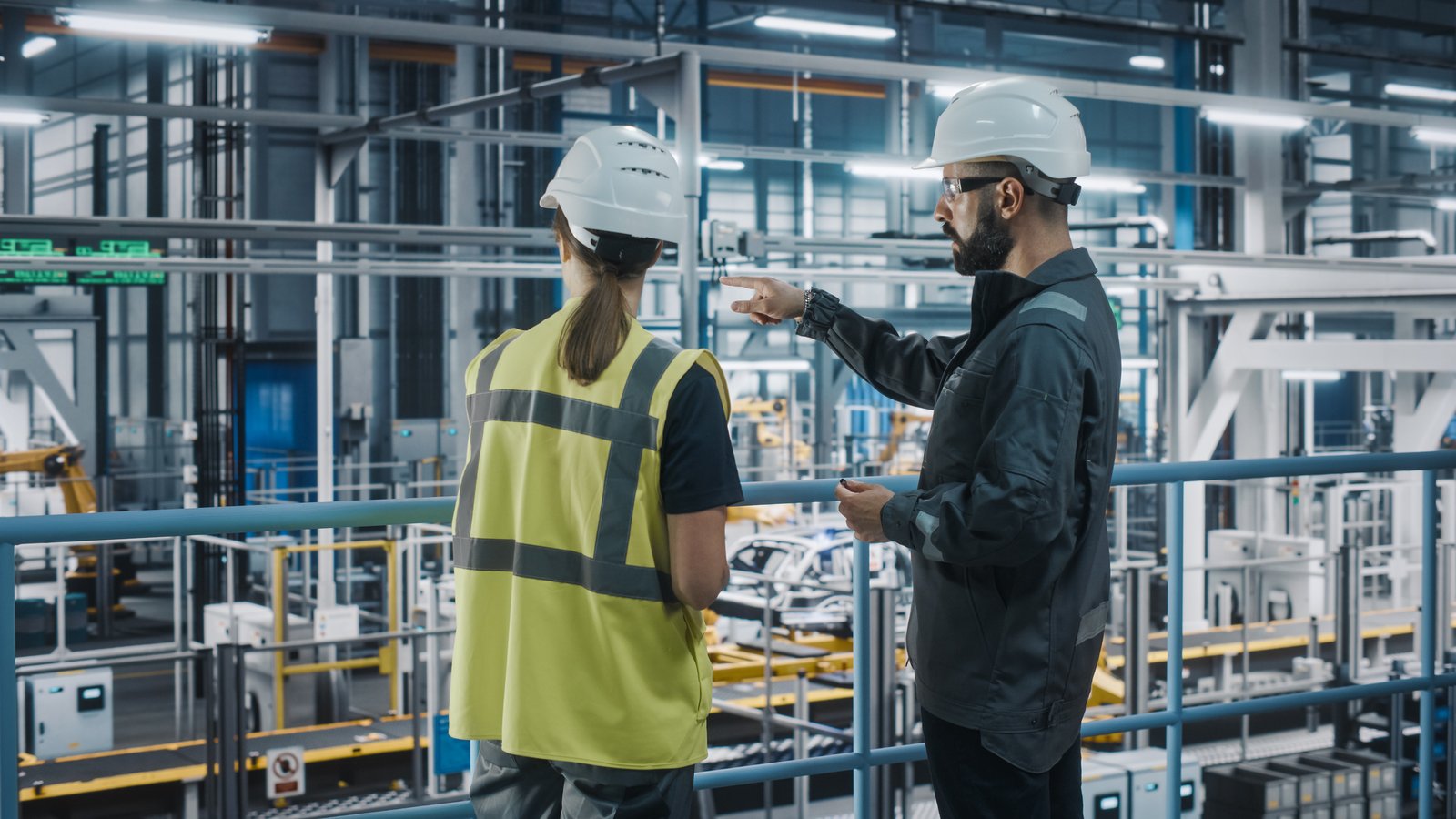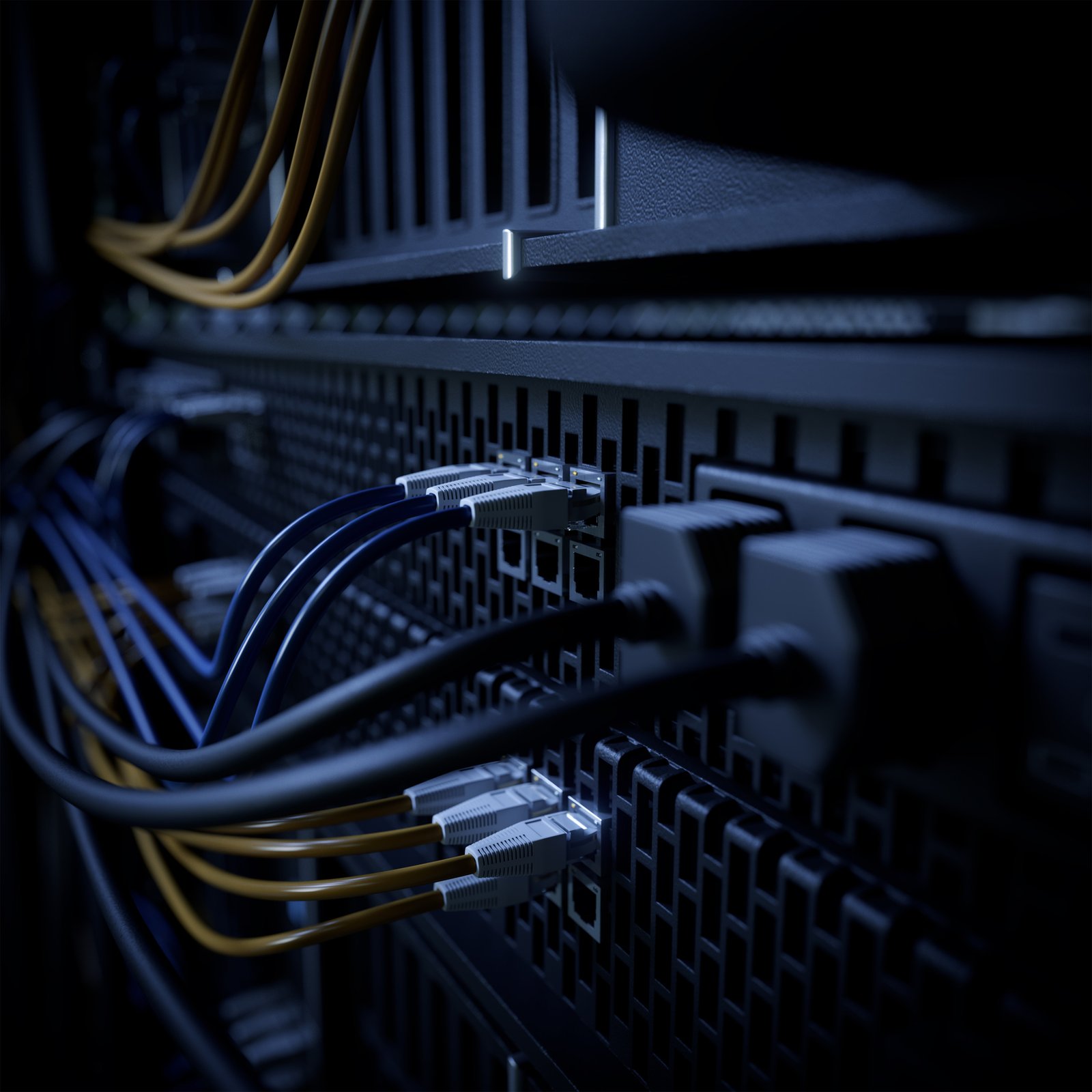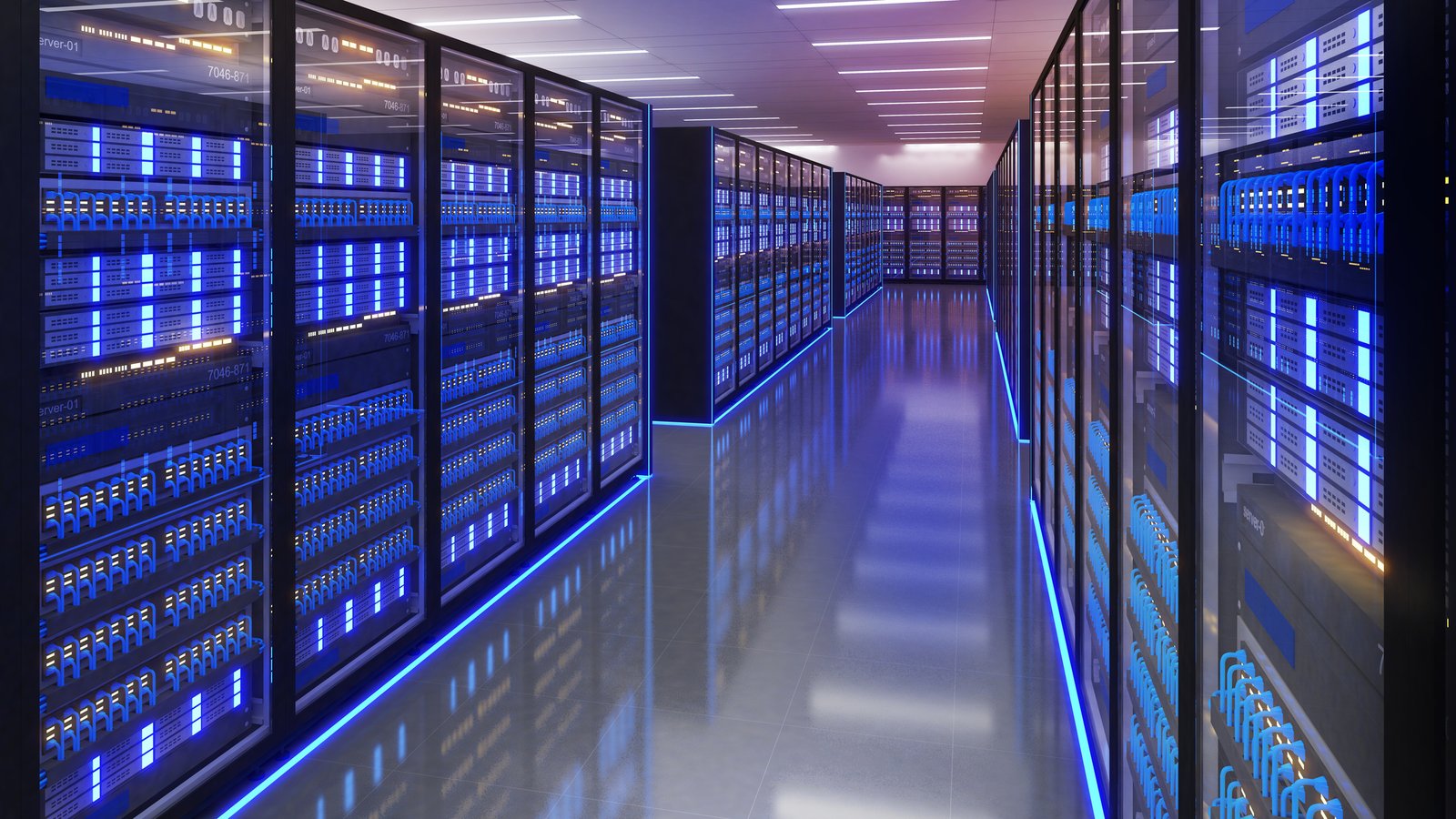If the data center is at the heart of business in the digital age, then this past year has been a significant stress test as this crucial infrastructure has been under pressure from emerging technologies and world events. While evolving technologies mean that data centers can never be static and are in a constant state of change, the confluence of emerging technologies such as 5G, AI, IoT and Edge are putting unprecedented high-bandwidth and low-latency demands on data centers.
Add in the COVID-19 pandemic, which accelerated the pace at which companies embraced new technologies, and asked data centers to become even more flexible and reliable as the economy shifted to remote work seemingly overnight.
Microsoft CEO Satya Nadella told Forbes that her “company had seen two years of digital transformation in two months as its customers started adopting cloud solutions.” Those companies that treaded water in 2020 because of market conditions and held off on data center spending will be opening their checkbooks with Gartner’s latest forecast that end-user spending on global data center infrastructure will hit $200 billion in 2021.
“New technologies consistently reshape the data center and its role in the business,” writes TechTarget senior technology editor Stephen J. Bigelow. “At the same time, external forces such as the 2020 global COVID-19 pandemic have changed the way businesses, employees, partners and users operate as well as how data center technology functions that could resonate in 2021 and beyond.” With a priority on scalability, flexibility, and the need to be future-proof for next-generation technologies, structured cabling in the modern data center is no longer a “nice to have” but is a “must have”.
Structured Cabling a “Must Have” in Modern Data Center
Structured cabling is a system to manage data center infrastructure and includes smaller, standardized elements such as racks, cabinets, patch panels, hardware ports, switches, and fiber cables. Unlike point-to-point cabling, where every piece of hardware had its own cable and often led to “spaghetti cabling” where data center floors looked like big bowls of pasta, structured cabling organizes your data center and makes adding, changing, tracing, deleting, and moving your equipment easier.
While structured cabling can have a higher investment upfront versus point-to-point cabling, the system’s reliability, especially reducing the risk of downtime, and ability to upgrade to meet future technologies makes it a cost-effective move. According to Data Bridge Market Research, the global data center structured cabling market will grow to $29.34 billion by 2028 and expected to grow at an annual compound rate of 9.7 percent through 2028.
Factors fueling the growth of structured cabling, according to Data Bridge Market Research, include:
- Growing demand for high-speed connectivity devices and systems.
- Increasing investment in communication infrastructure.
- Growing need for better and more advanced infrastructure solutions.
- Population growth and rapid increase in the volume of data generated across the world.
The Standards and Subsystems of Structured Cabling
While “structured cabling” can sometimes sound like a tech buzz word with varying definitions, there really is a “structure” to it and in the United States that comes from the standards set by the Telecommunications Industry Association (TIA).
Specifically, ANSI/TIA-942 lays out data center infrastructure standards with a stated purpose to:
- Define structured cabling systems for data centers using standardized architecture and media.
- Accommodate a wide range of applications as well as current and known future protocols.
- Replace unstructured point-to-point cabling that uses different cabling for different applications.
- Set standards for data center telecom spaces and pathways.
TIA-942 breaks down structured cabling into five main spaces in a building:
- Entrance Room: location of interface with campus and carrier entrance facilities.
- Main Distribution Area: location of main cross-connect.
- Horizontal Distribution Area: location of horizontal cross-connect.
- Zone Distribution Area: location of zone outlet or consolidation point.
- Equipment Distribution Area: location of horizontal cable outlet/patch panel and server/equipment cabinets and racks.
Advantages of Structured Cabling
Installing structured cabling not only helps your data center meet current demands but protects your business by preparing for future technology needs.
Structured cabling is easy to manage and includes many advantages, such as:
- Cost Effective over Time: Structured cabling, which improves cooling and airflow, reduces power and maintenance costs plus saves on the resources spent on locating and rectifying issues with point-to-point cabling.
- Reduces Downtime: Working with unstructured cabling runs the risk of costly mistakes which can take your network down.
- Time Saving: Time is saved during installation and during any moves, adds or changes which can be done quickly with structured cabling.
- Scalability: Easily add more bandwidth and higher speeds as demand warrants
- Future-proof: Allows for next-generation technology to be added.
True structured connectivity solutions, such as those used by DCS, specify all ports on all devices are represented by a port on the front of a patch panel at a central patching location (CPL). Utilizing a CPL in structured cabling reduces the number of connection points which lowers link loss and means that equipment does not need to be physically touched to perform move, add and change activity. All reconfiguration of server and storage connectivity is done at the CPL.
Contact DCS today to learn how our “true structured cabling” solutions can help your data center meet the demands of today and tomorrow.










